During the 2012 Olympics in London, the Team GB cycling team absolutely dominated the sport. So much so, in fact, that there were allegations of cheating. Most notably from the French cycling team who accused Team GB of using “magic wheels”.
There was no cheating, the answer to the cycling team’s success was somewhat more mundane, the 1% rule. This rule states that if you can improve 1% of every aspect of your game, you will eventually dominate it. It works in sports, it works in business, so could we, perhaps apply it to photography?
Today we are going to look at how to make an ordinary photo a great one by using the 1% rule.
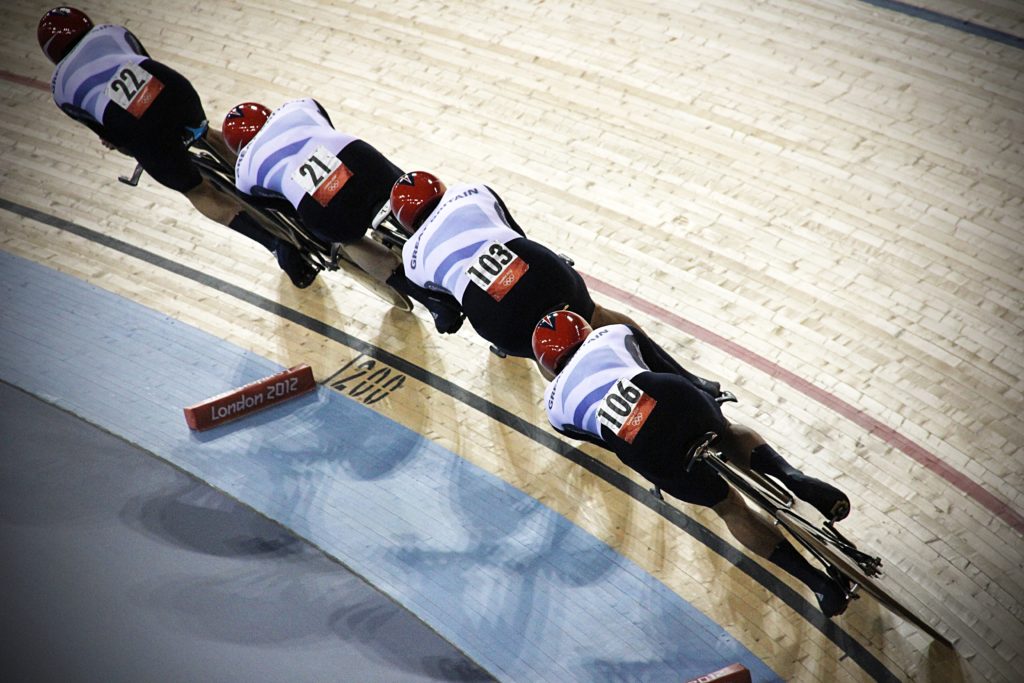
Thinking Before You Shoot
Before we go too far, let’s not get too bogged down by the 1% rule as an absolute number. The principle is that you improve every aspect of your shot by a small percentage.
The instant nature of digital photography allows us to take hundreds of shots every-time we go out with a camera. But what if we spend much more time thinking about the shots we are taking?
Slow down and spend a greater percentage of your shooting time simply looking and analysing the scene in front of you. By lowering the viewfinder and looking at what you intend to take you will see all sorts of little nuances that could improve your shot.
That extra time may reveal clouds about to clear into god rays. It may show a person about to walk into the perfect street shot. That slightly extra time you spend could reap great rewards.
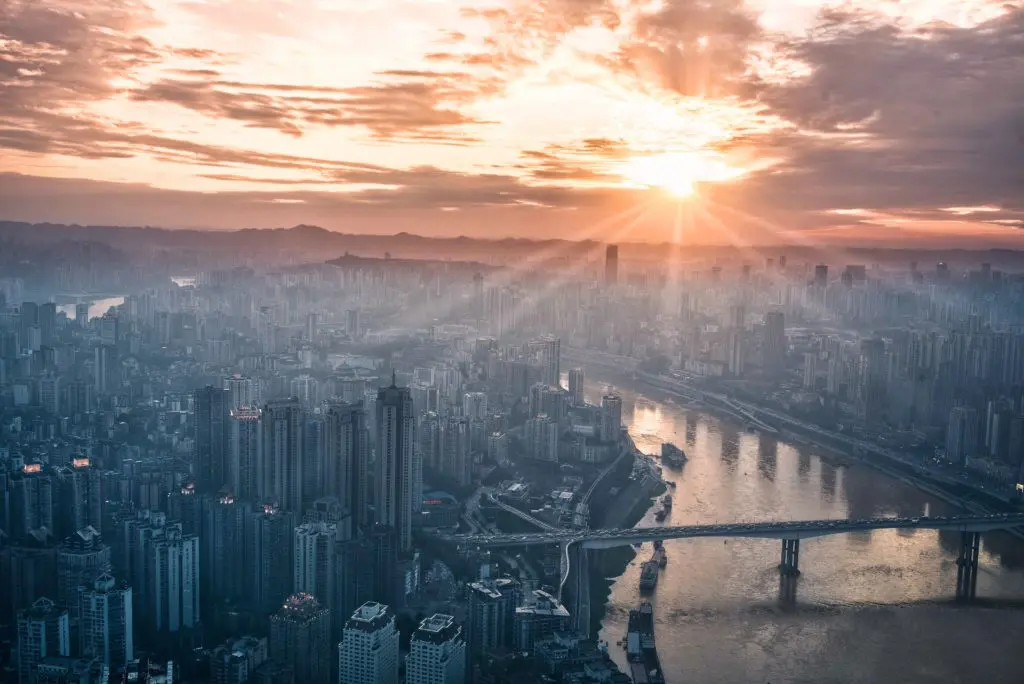
Improving Your Composition
Let’s look at how we can apply the 1% rule to your compositions. Again it comes to spending a percentage more time thinking about the composition. However many of us tend to compose our shots based on one, fairly obvious compositional rule. What if we were to increase the number of rules in our composition by 100% to two.
Many compositional rules work great in combination. Rule of thirds with leading lines, negative space with colour contrast, and so on. Once you have started to see compositional rules in combinations you will soon find a big improvement in your photography.
By spending more time thinking about the composition, you will see more compositional options open up. However, another thing you can do by numbers is move. Moving 5 meters to the left or right could dramatically change the composition, it might bring in a tree as a frame or something on the ground to lead the eye.
These small movements in any direction, sideways, forwards/backwards or up and down might seem insignificant but can absolutely change the way an image will look.
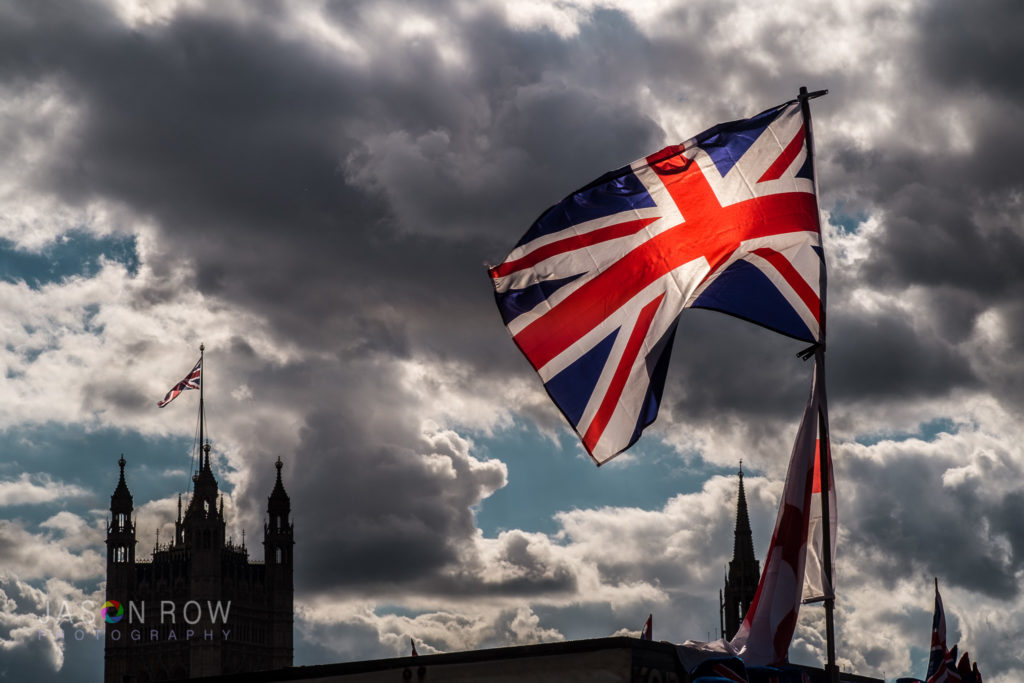
Improve Your Exposure.
Exposure, of course, is all about numbers. We have f stops, shutter speeds and ISO numbers all working together. Cameras are tuned to give us what they believe is the correct exposure. However, the correct exposure may not actually be the best exposure.
Returning again to the theme of time, spend a little longer thinking about how you want your shot to look. For. example, if you are shooting someone on a beautiful beach, maybe you would prefer the high key look. The camera’s “correct” exposure is not going to give you that, in fact, it might tend to underexpose a little. By dialling in a “percentage” of positive exposure, you can swing the image more towards a high key look.
There is a finite figure to applying the percentage rule to exposure though. That is the limits of the histogram. However, if you are shooting RAW, you can, in fact, go one or two percentage points beyond the limits of the histogram and recover the shadows or highlights.
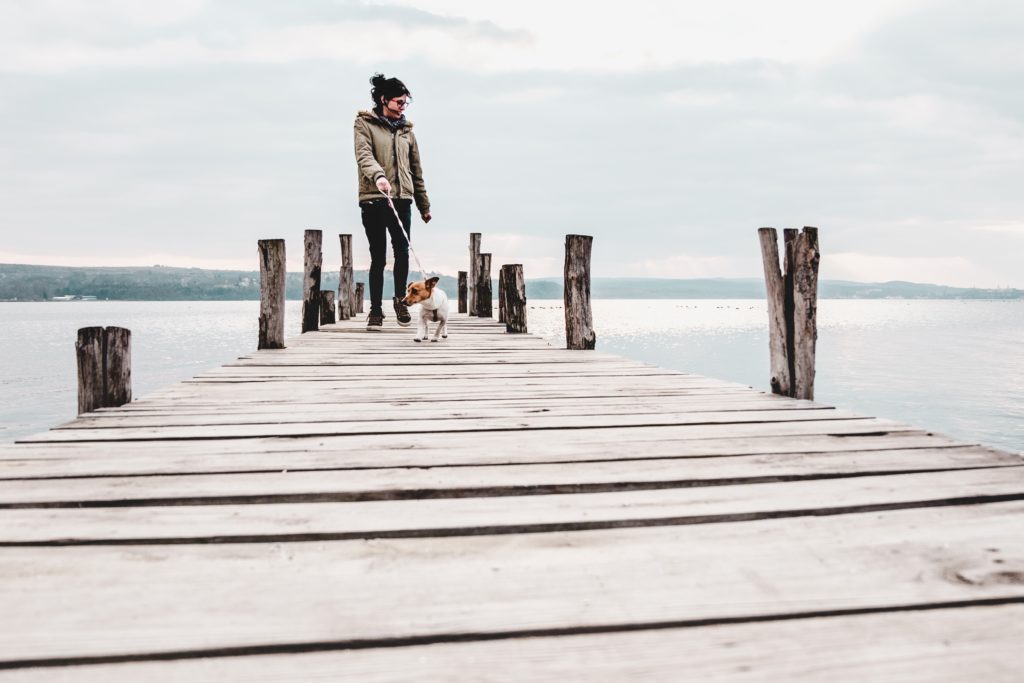
Improve Your Focus.
Of course, a subject is either in focus or it’s not. However, again by spending more time thinking about your focus, you can dramatically improve the composition of an image.
Starting with the subject, spend a percentage of your time considering which is the absolute point of focus. Classically, if shooting a portrait, the eyes should be the point of sharpest focus. A landscape might be focused at the hyperfocal point.
Once you have established the absolute focus you need to spend time thinking about what else you want to be in focus. For a portrait, that might be very little, for a landscape, it might be pretty much everything. That in turns lead us to think about our aperture and depth of field.

Improve Your Post Production
The post-production should be the accumulation of all the micro improvements you have made in the taking stage. Of course, you will still need post-production to get the very best out of your image but with all the improvements you have made at the taking stage, you should need less of it but with better image quality. This is because the less you need to work on an image, the less you will degrade it.
One of the very best ways we can improve our post-production again comes down to time. However, this time it is by spending time away from your image. Do your initial editing, then step away for an hour or two. Editing can be addictive and you can find yourself constantly chasing the way you want a shot to look. By stepping back a little you can get a much greater appreciation for what you have already done when you do return.
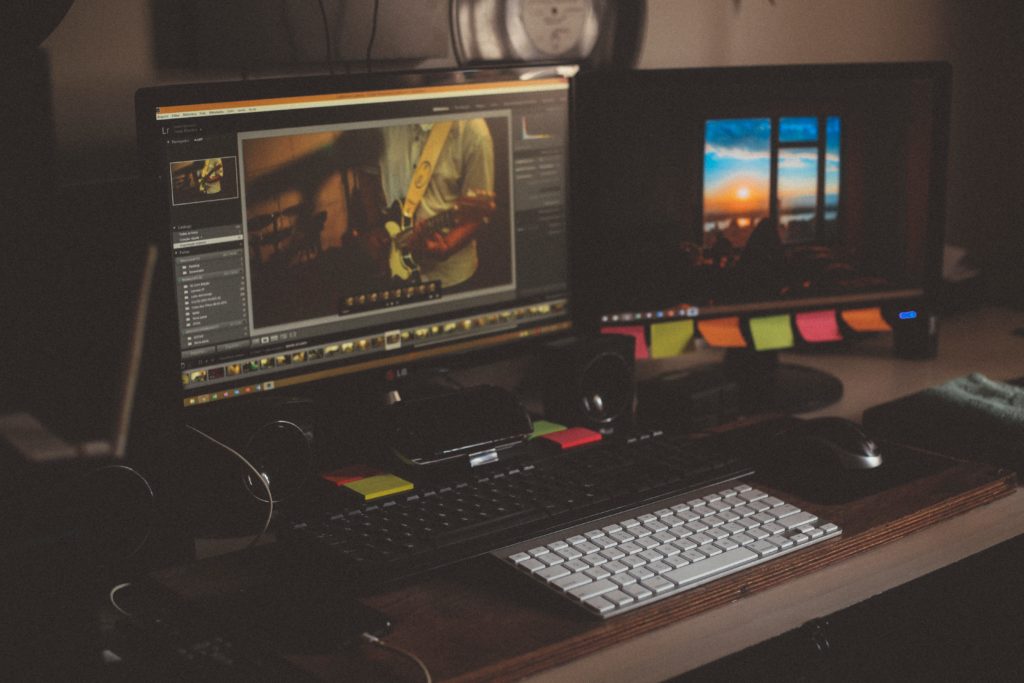
Putting It All Together
The key to the 1% rule is small improvements in every aspect of your photography taking. You need to think about every step of the photographic process and question what you can improve in that step. If you miss out steps you elevate an ordinary picture to a good picture. However, if you carry out all the steps you will go from an ordinary picture to a great picture.
Next time you are out shooting, think about the 1% rule and apply it throughout the shot taking procedure. You may be pleasantly surprised and how effective it can be.




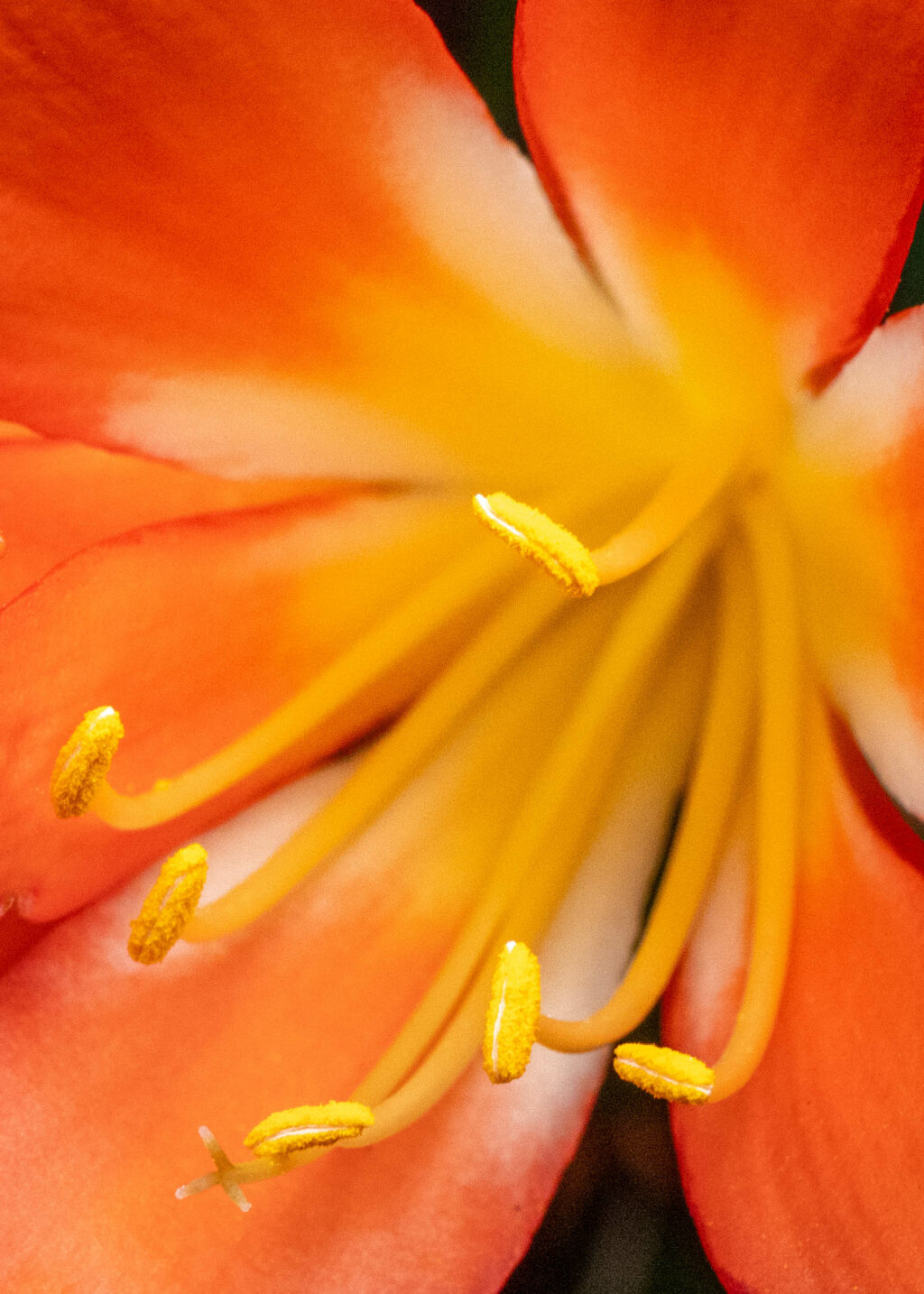
3 Comments
Excellent and practical strategies. I particularly like the advice to combine two composition techniques. Thanks!
Words of wisdom. Spent an afternoon on the coast yesterday. Came home with very few images I’m happy with. Wish I had read this before I went. Common sense strategies I forget to remember. Well written article Jason. Thanks.
The called it Marginal Gains and well, unfortunately for your otherwise well written article there is an ongoing legal case concerning doping and British Cycling. Still, in regards to photography, I agree wholeheartedly how small things lead to large improvements. You start with knowledge of the exposure triangle and move onto other concepts…foreground, background, compression, framing…etc